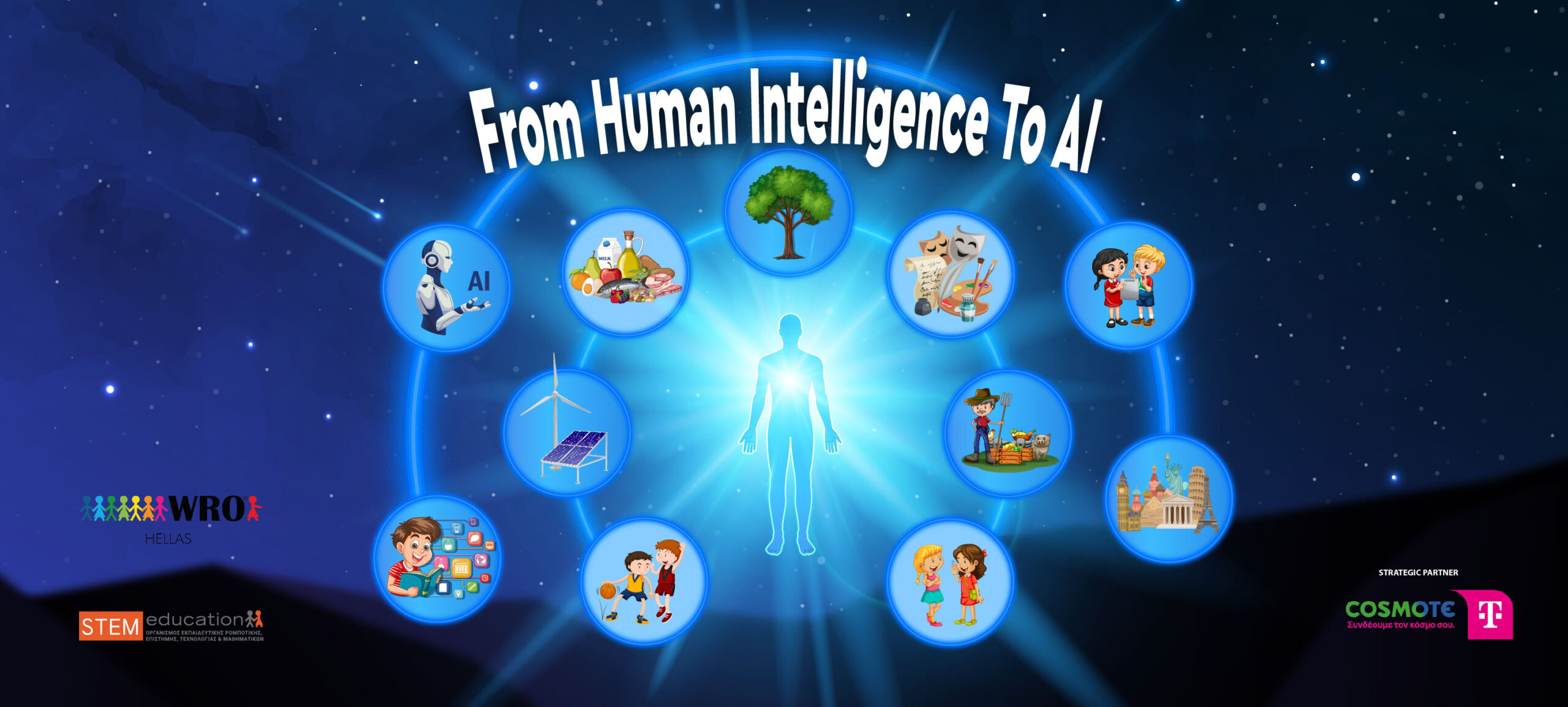
The teams’ mission is to design and program autonomous robots that can help humans respond to global trends and challenges regarding the production and transportation of goods, taking into account both the energy costs involved and the environmental impacts resulting from the interdependence of these three areas.
Regular Category – Beginners & Advanced: “From Human to Artificial Intelligence”
The teams’ mission is to build and program autonomous robots that can simulate commercial ships and navigate safely on our planet’s sea routes, performing various missions using human and artificial intelligence in such a way as to serve sustainable shipping practices as much as possible.
Free Webinars for Coaches within the Framework of the Panhellenic STEM Competition 2026
Coming soon!!

